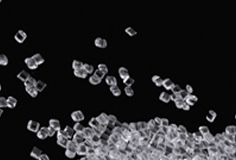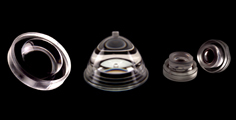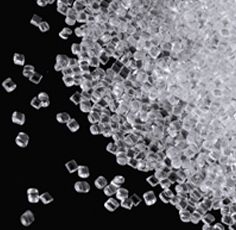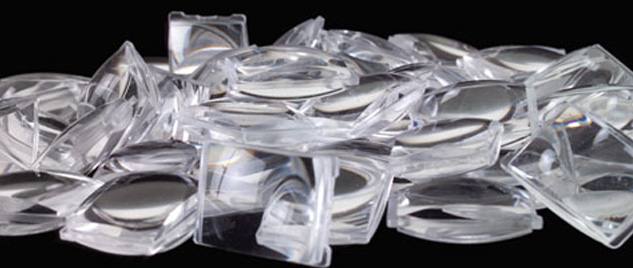


Not all polymers are created equal. Also, each type has many grades that affect important characteristics such as flow, purity and environmental durability. Syntec combines and processes different types to achieve your unique goals, and regularly finds breakthroughs with broad applicability. Consider two examples:
Acrylic Copolymer to dramatically increase non-invasive medical uses
Acrylics are water clear and very pure with relatively high transmission quality from 390 to 1600 nm. But before 2007 they lacked the range for sensitive UV imaging in non-invasive medical applications. Syntec’s R&D efforts in partnership with key material vendors resulted in a new Acrylic Copolymer with excellent UV properties and 82% transmission at 294–301 nm, 1mm CT.
HRDT processing to lower costs for critical low-volume defense needs
Today, polyetherimides and polyethersulfones are available in optical grades that exhibit higher transmission quality than previously possible in the near-IR region and withstand operating temperatures from below zero to above 200°C. But until recently they could only be molded. Syntec’s unique HRDT process removes this constraint by enabling fast-turnaround diamond turning.
Use the sidebar links to view charts of common polymers, their key properties and transmission curves, as well as an article highlighting the Syntec commitment to high value innovation.

 (585) 768-2513
(585) 768-2513

